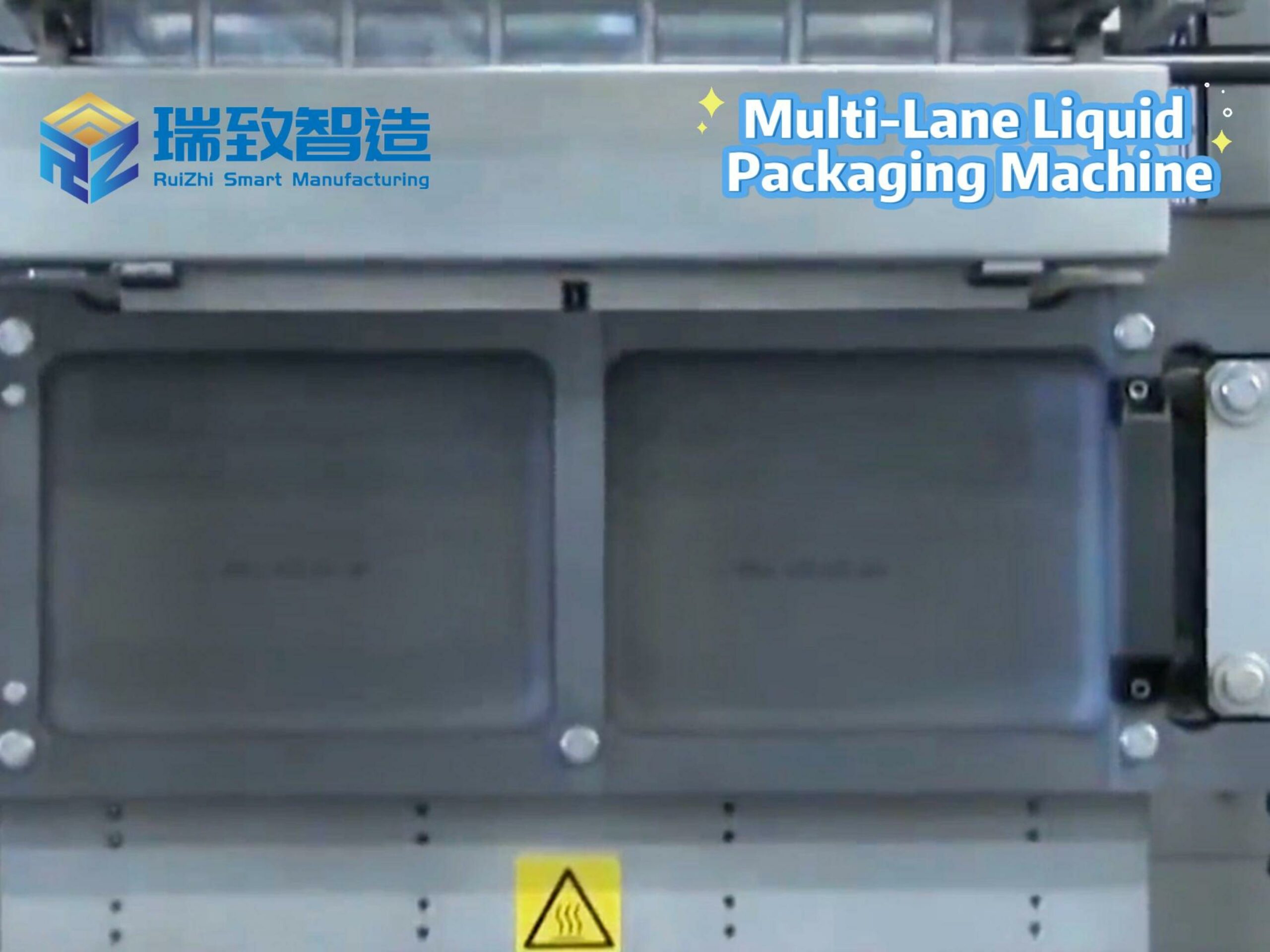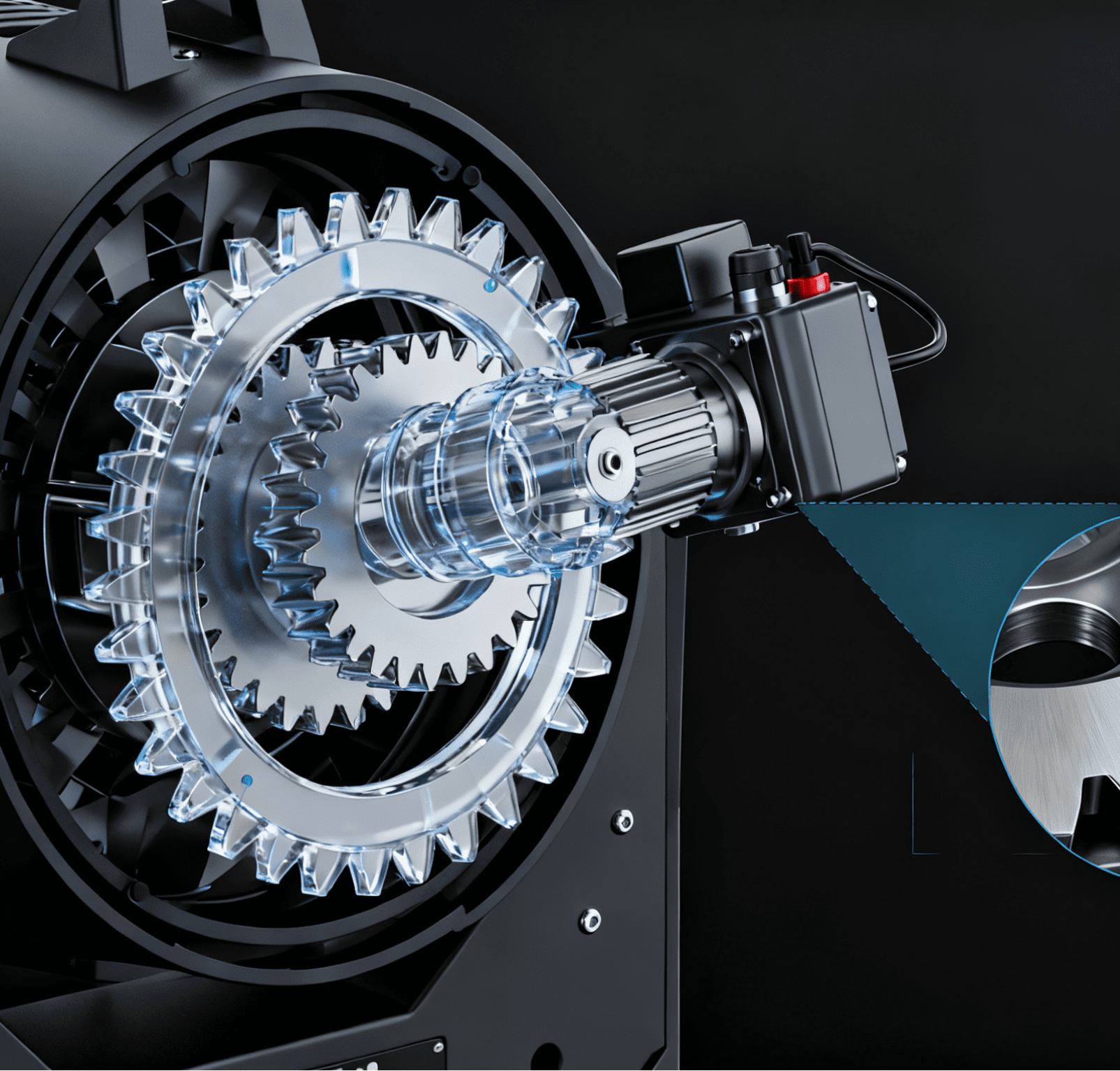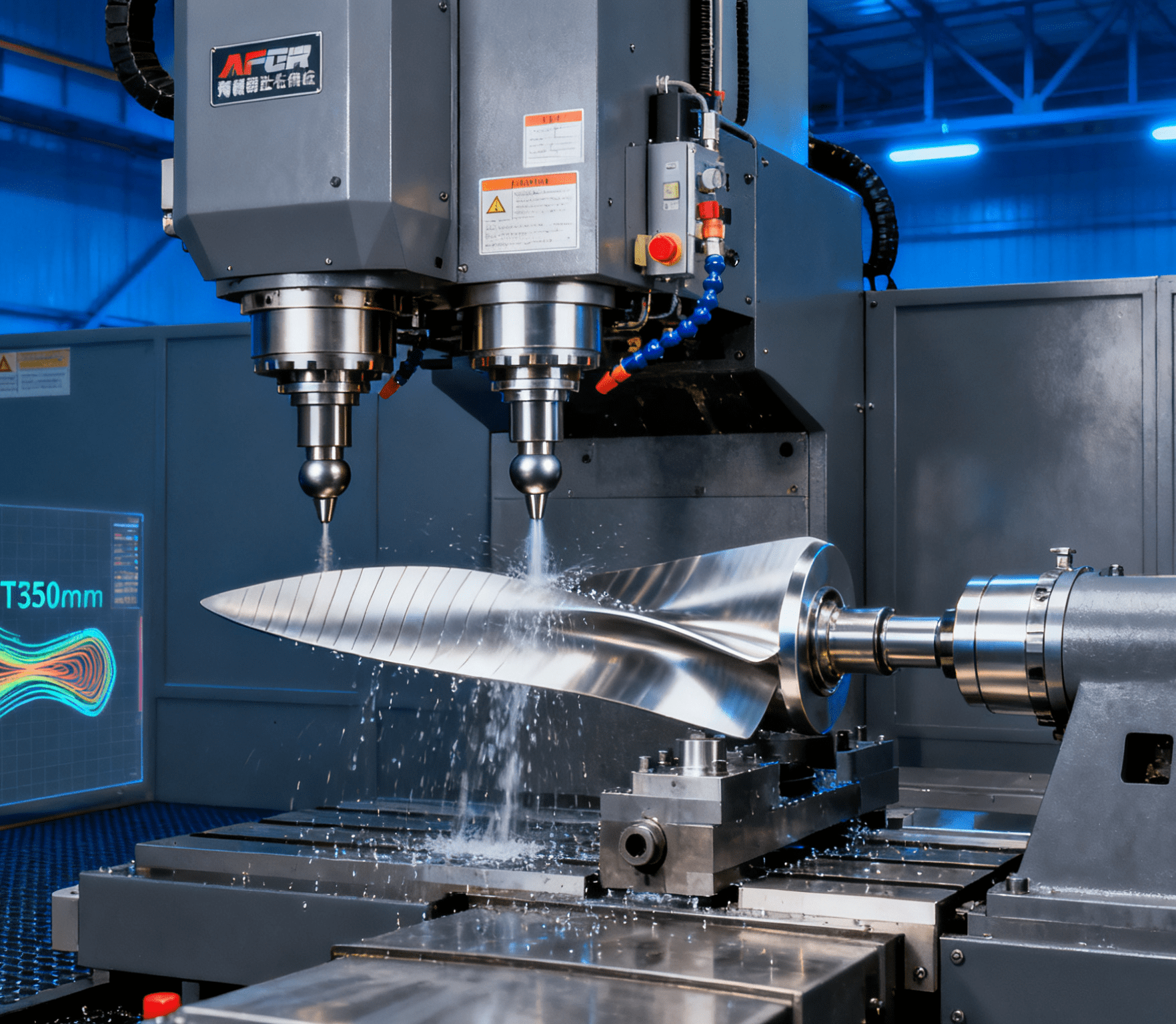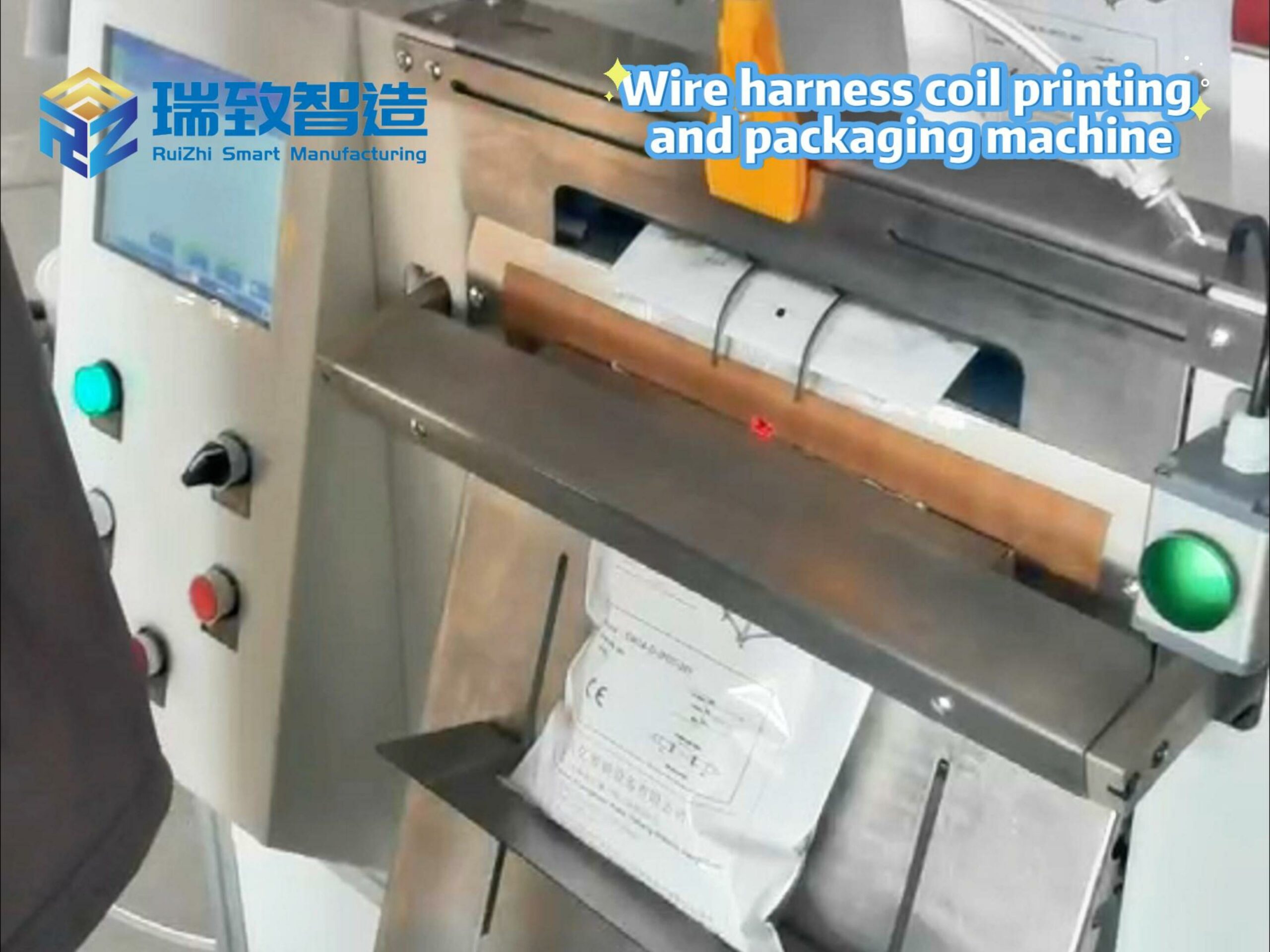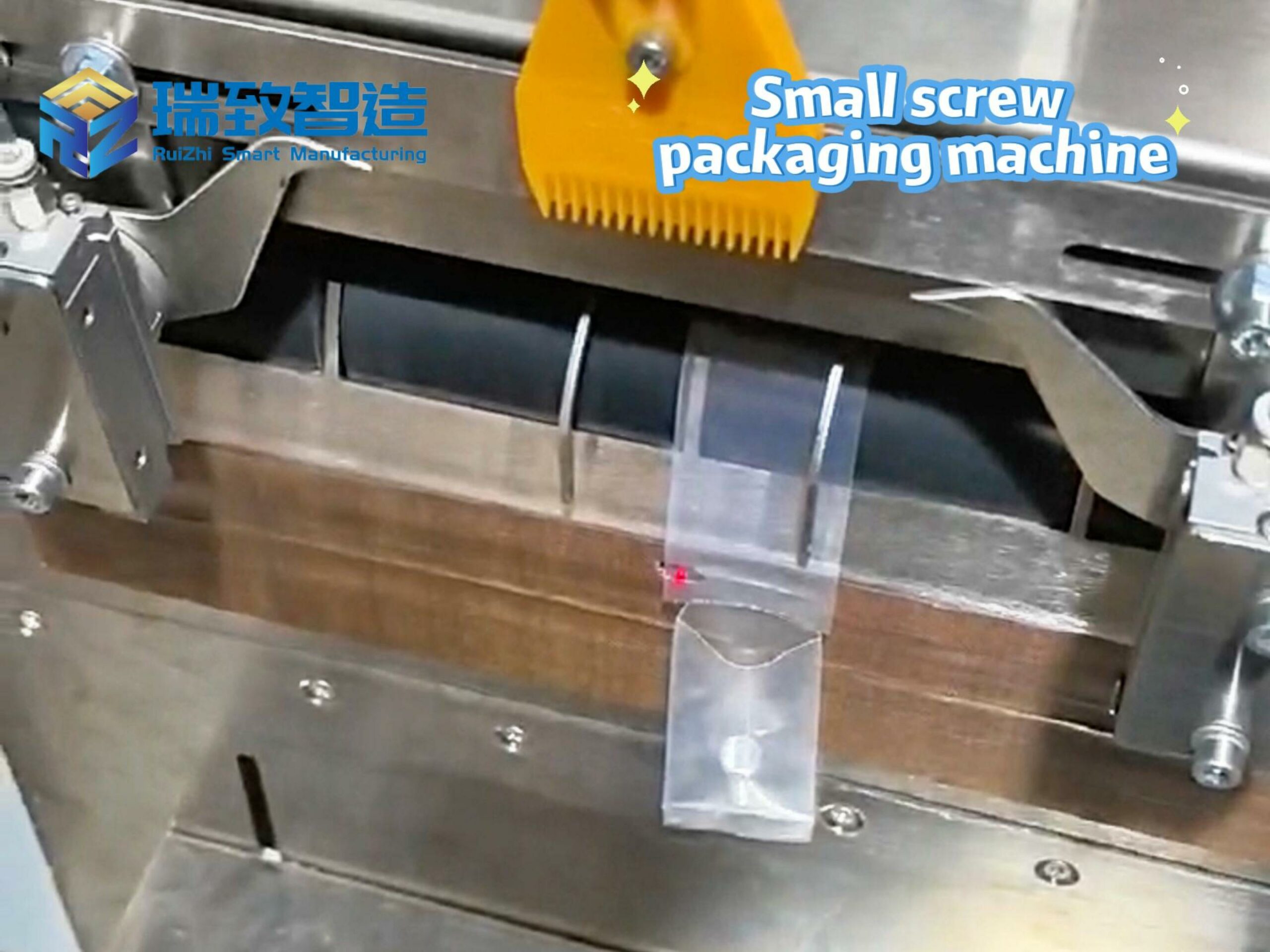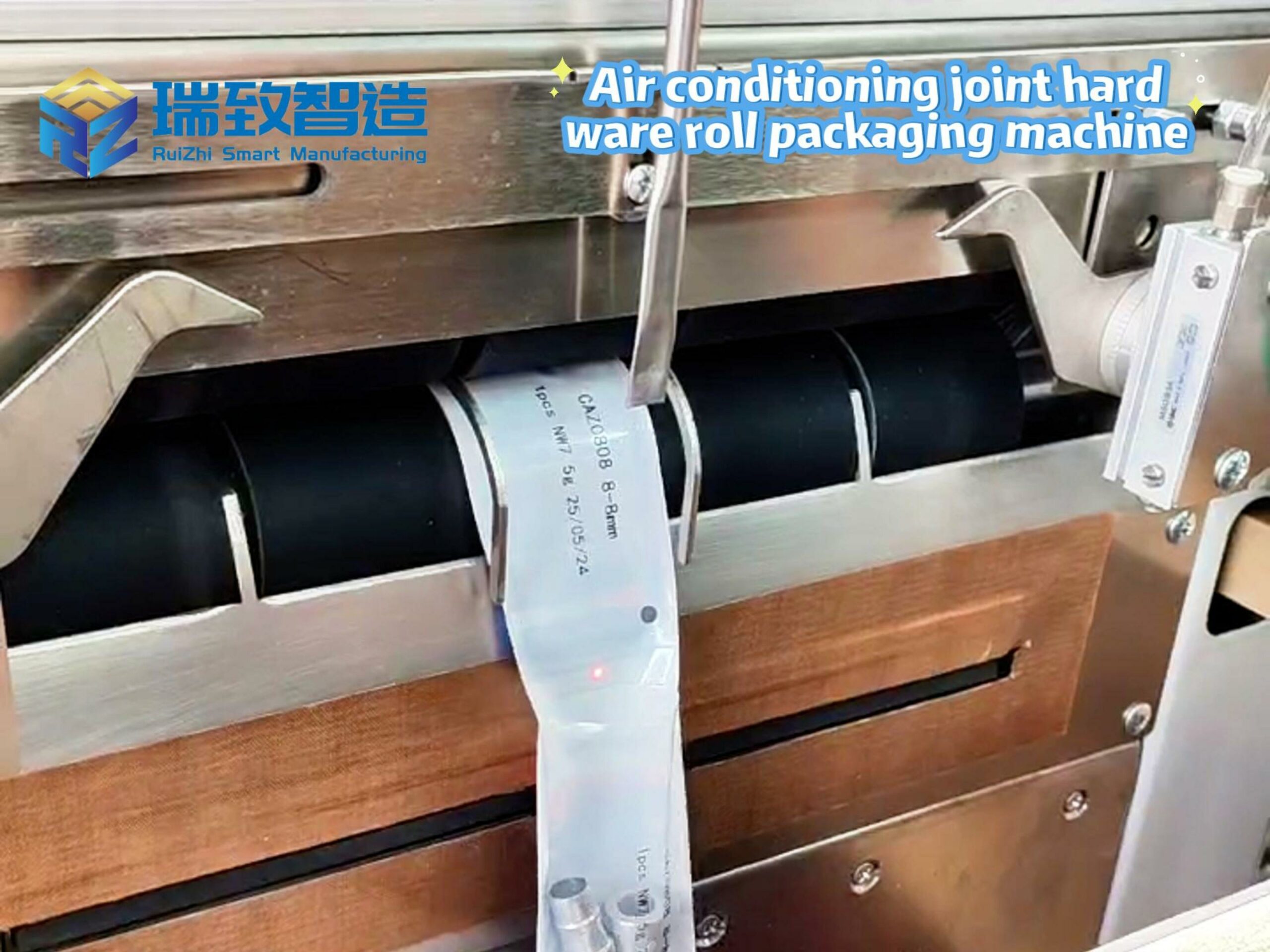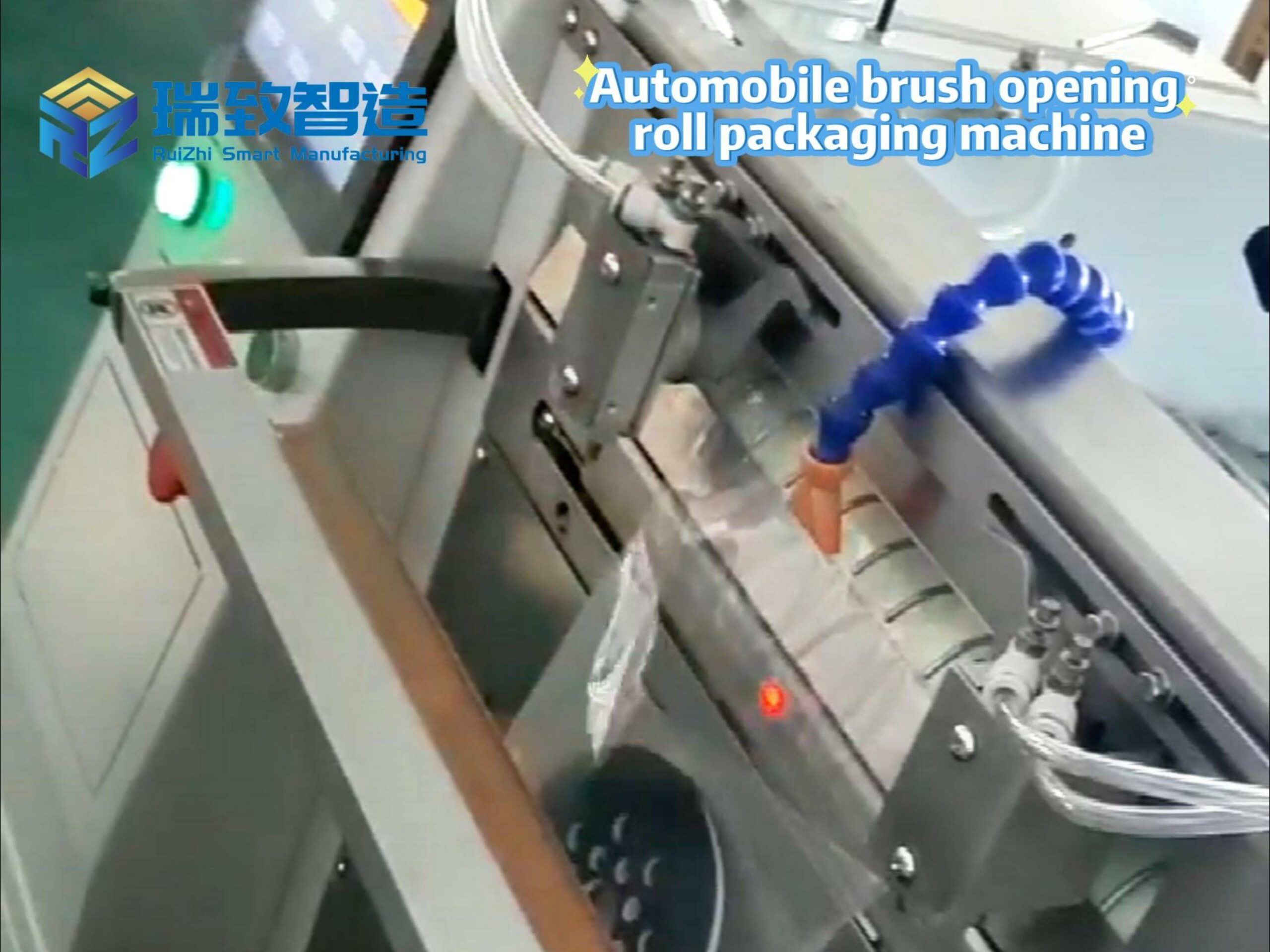Table of Contents
ToggleIntelligent Visual Inspection System: Equipping Automation Equipment with “Smart Eyes”
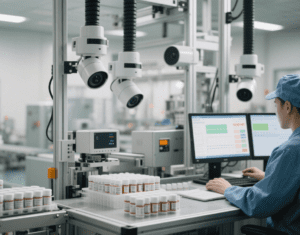
In automated production lines, “seeing accurately” is the prerequisite for “doing correctly”. The breakthrough of intelligent visual inspection systems has evolved equipment from “blind execution” to “precise perception”—through technologies like 3D structured light and AI defect recognition, it achieves millimeter-level precision inspection within milliseconds, even identifying subtle defects invisible to the human eye. From cracks in electronic chips to medical packaging seals, and from food foreign objects to new energy battery flaws, visual inspection is redefining the “quality defense line”.
I. Technological Revolution: Dual Breakthroughs from “Seeing” to “Understanding”
The core of intelligent visual inspection lies in the collaborative innovation of “hardware + algorithms”, endowing equipment with “human-level visual perception”:
1. Hardware Layer: Breaking Through “Perceptual Limits”
- 3D Structured Light Technology: Scans workpieces by projecting “striped light” to generate 3D point cloud models (precision ±0.02mm), overcoming detection challenges for curved surfaces and transparent parts (e.g., arc measurement of mobile phone glass covers).
- High-Resolution Cameras: 5MP area scan cameras (suitable for static inspection) and 12k line scan cameras (suitable for high-speed lines, e.g., film detection at 300m/min), combined with coaxial lighting (suppressing reflections) and ring lighting (highlighting edges), achieve clear imaging of complex materials.
- Edge Computing Units: Embedded systems with GPUs compress detection latency to <50ms, meeting the “real-time feedback” needs of production lines (e.g., immediate rejection decisions for SMT pick-and-place machines).
2. Algorithm Layer: AI Makes Defects “Nowhere to Hide”
- Deep Learning Models: Based on architectures like ResNet and YOLO, with training data exceeding 100,000 samples (covering defects such as scratches, cracks, and contamination), even using semi-supervised learning with unlabeled data to enhance model generalization (reducing 50% manual labeling costs).
- Defect Quantitative Analysis: Beyond “identifying defects”, it calculates defect dimensions (e.g., chip crack length ±0.01mm) and positional offsets (e.g., pin offset ±0.02mm), providing data support for process optimization.
- Multimodal Fusion: Integrating vision + force + acoustics (e.g., vibration signals during inspection) to tackle complex defects like internal bubbles in transparent parts and hidden cracks in metal components (detection accuracy reaches 99.9%).
II. Scenario Penetration: “Comprehensive Protection” from Electronics to Healthcare
The value of visual inspection lies in precisely addressing industry pain points:
1. Electronics Manufacturing: “Microscopic Inspection” for Millimeter-level Products
- Chip Packaging: Detects gold wire offset (±0.01mm) and colloid bubbles (diameter >0.1mm) to avoid short circuits and poor contact.
- 3C Assembly: Detects dents and scratches on mobile phone frames (depth >0.05mm triggers an alarm), as well as lens contamination and assembly offsets in camera modules.
- SMT Lines: Vision-guided pick-and-place machines (positioning accuracy ±0.02mm) detect missing, reversed, or offset components, achieving a placement yield rate of 99.95%.
2. Medical Field: “Rigid Guarantee” for Compliance and Safety
- Syringe Production: Inspects piston tightness (bubble volume >0.1mm³ is rejected) and scale clarity (character height <0.5mm triggers an alarm), complying with FDA/GMP certifications.
- Reagent Bottle Inspection: Detects label defects (wrinkles, offset >0.5mm) and cap tightness (leakage rate >1ml/min triggers an alarm) to ensure reagent stability.
- Implantable Devices: Thread defects in orthopedic screws (pitch error ±0.05mm) and surface roughness (Ra>0.8μm is rejected) directly impact surgical safety.
3. Data Comparison: “Efficiency Revolution” Outperforming Manual Inspection
| Inspection Dimension | Manual Inspection | Intelligent Visual Inspection |
| Missed Detection Rate | 5% (complex defects prone to errors) | 0.01% (AI covers all defect types) |
| Inspection Efficiency | 200 pieces/hour (prone to fatigue) | 1,600 pieces/hour (7×24 non-stop) |
| Precision | ±0.1mm (human eye limit) | ±0.01mm (hardware + algorithm breakthrough) |
| Data Retention | No records (reliant on sampling) | Full-volume data storage (traceable analysis) |
III. Case Study: “Zero Defect Battle” for Consumer Electronics Camera Modules
The camera module production line of a leading 3C contract manufacturer once faced a quality crisis due to high missed detection rates and low efficiency in manual inspection:
Pre-Transformation Challenges
- Manual Inspection: 30 seconds per module, 3% missed detection rate (cracks and contamination easily overlooked), daily output of only 9,000 pieces.
- Customer Complaints: Mobile phone camera black spots caused by module defects led to over 200 monthly complaints, damaging brand reputation.
Visual Inspection Solution
- Hardware Configuration: 3D structured light camera (precision ±0.02mm) + ring light (highlighting edge defects) + edge computing unit (inference latency <30ms).
- Algorithm Training: Collected 100,000+ module defect samples (including cracks, contamination, and assembly offsets), trained a YOLOv8 model with 99.9% recognition accuracy.
- Production Line Integration: Real-time communication with the PLC system, triggering “rejection + alarm” for anomalies and recording defect positions (for process review).
Post-Transformation Achievements
- Efficiency: Detection speed increased to 8 pieces/minute (1,200 pieces/hour), daily output exceeded 20,000 pieces (122% improvement).
- Quality: Missed detection rate reduced to 0.05%, customer complaints eliminated.
- Cost: Labor reduced from 15 to 3 workers per shift (only for reviewing anomalies), labor costs down 80%.
IV. Three Key Steps for Implementing Visual Inspection
From solution design to stable operation, visual inspection must overcome the challenges of “precise adaptation” and “continuous optimization”:
1. Requirement Diagnosis: Targeting the “Defect Core”
- Quantified Indicators: Clarify defect types (dimension, appearance, assembly), inspection precision (±0.01mm), and production line tact (300 pieces/minute).
- Scenario Analysis: Differentiate between static inspection (e.g., electronic component 摆盘) and dynamic inspection (e.g., assembly line products) to select cameras with different frame rates and resolutions.
2. Solution Design: Parallel Simulation and Verification
- Lighting Simulation: Find the optimal lighting angle through dark field/bright field testing (e.g., low-angle lighting for metal parts to highlight scratches).
- Algorithm Pre-training: Use public datasets (e.g., MVTec AD) for pre-training, then fine-tune with enterprise private data (reducing 80% labeling workload).
- Digital Twin Verification: Simulate production line movements (e.g., conveyor speed 3m/s) in a virtual environment to test the synchronization of camera triggering and algorithm inference.
3. Deployment Optimization: Evolving from “Functional” to “Optimal”
- Precision Calibration: Calibrate camera distortion using a chessboard calibration plate (precision ±0.005mm) to ensure true inspection data.
- Model Iteration: Establish an online learning mechanism, automatically collecting new defect data to update the model every 10,000 products (1% monthly precision improvement).
- Human-Machine Collaboration: Set “manual review thresholds” (e.g., automatically marking low-confidence defects) to balance efficiency and accuracy.
The essence of intelligent visual inspection is a “data-driven quality revolution”—it not only replaces manual labor but also reversely optimizes design and process links through full-volume data collection. As more production lines are equipped with “smart eyes”, automation will truly upgrade from an “efficiency tool” to a “quality steward”.
“automatic toilet seat” “toilet seat machine” “toilet seat automatic plastic cover”

